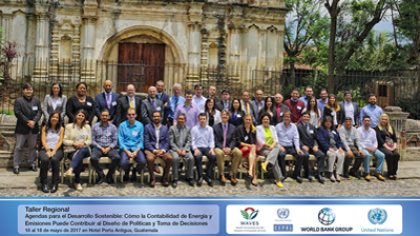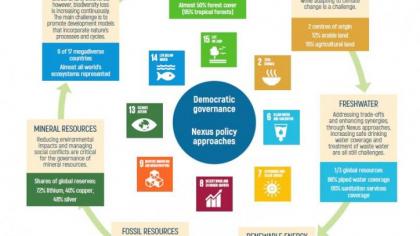
Description
Goal 7 is about ensuring access to clean and affordable energy, which is key to the development of agriculture, business, communications, education, healthcare and transportation.
The world continues to advance towards sustainable energy targets – but not fast enough. At the current pace, about 660 million people will still lack access to electricity and close to 2 billion people will still rely on polluting fuels and technologies for cooking by 2030.
Our everyday life depends on reliable and affordable energy. And yet the consumption of energy is the dominant contributor to climate change, accounting for around 60 percent of total global greenhouse gas emissions.
From 2015 to 2021, the proportion of the global population with access to electricity has increased from 87 per cent to 91 per cent.
Agencies, Funds and Programmes
Regional indicators
Activities
News
Publications
Information Tools
-
-
-
Resource TypeVideos


















